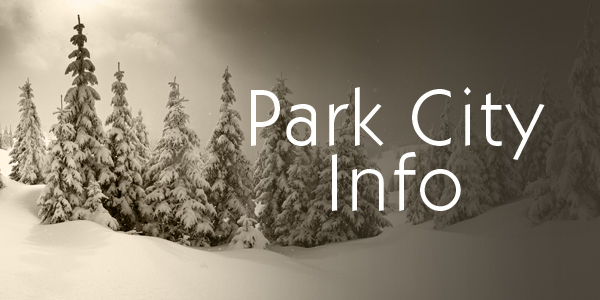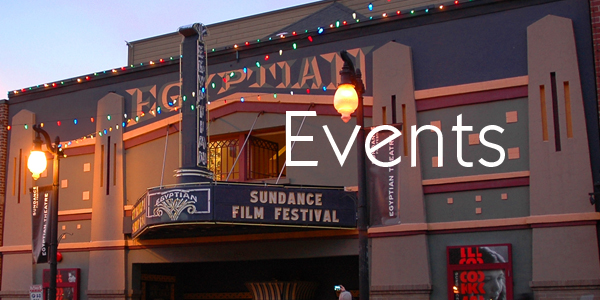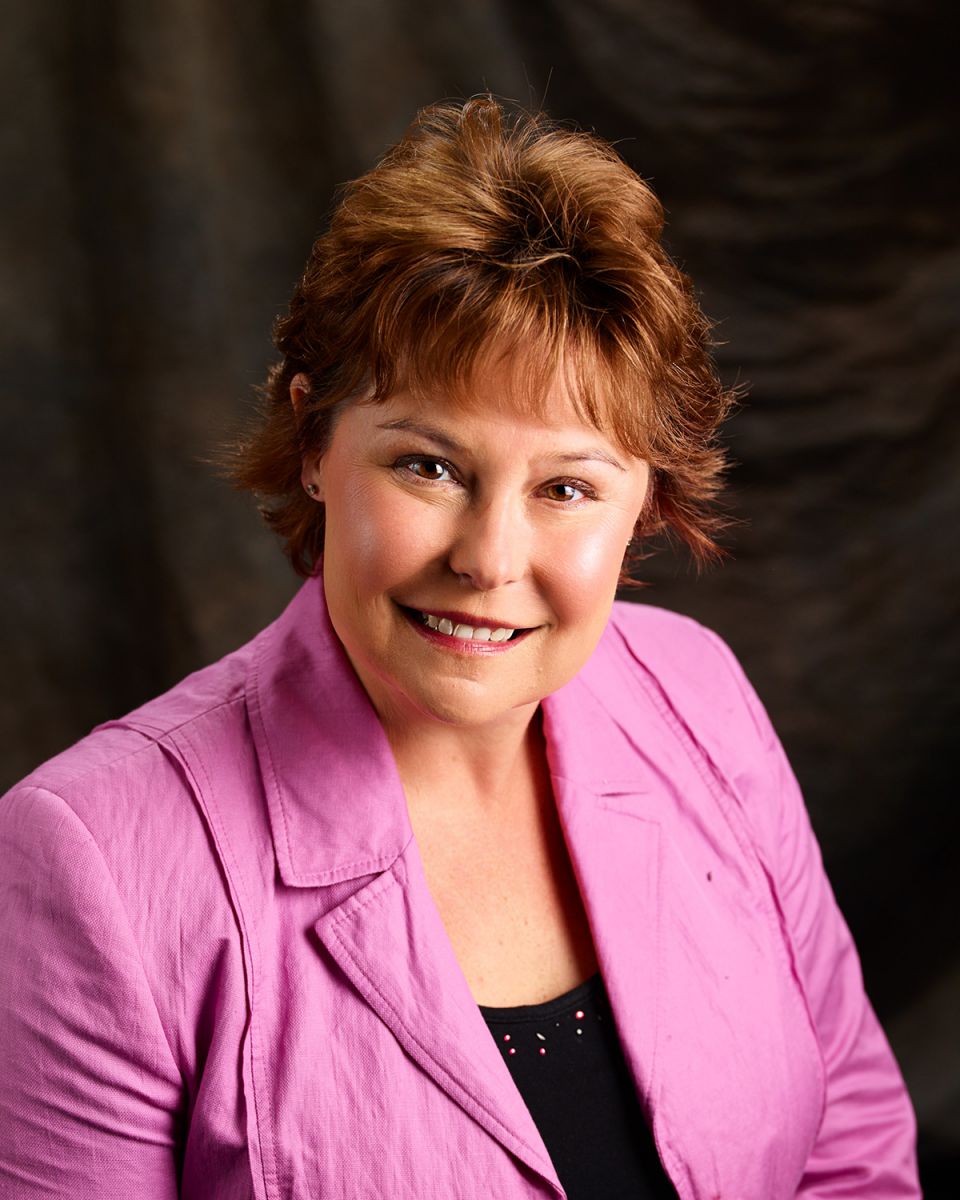Park City Real Estate sales for 2015 continued to show strength and appreciation. The Park City Real Estate Market has shown consistent growth in each of the last eight years going back to 2008. The numbers show steady growth in terms of both unit volume and dollar volume (over $1.85 Billion).
Inventory within the Greater Park city area (Park City Proper, Snyderville, and the Jordanelle area) remains tight with approximately 750 homes and condominiums available. This number translates to an absorption rate of just under 7 months at current sales rates. Note that while this number is higher than national averages, for the Park City real estate market the average absorption rate since 2010 has been 11 months. So we are still in a Sellers’ market in Park City.
New and upgraded homes and condominiums demand a premium and move quickly from active for sale status to pending contracts. Statistics for 2015 indicate that approximately 25% of the sold homes and condos were active for sale listings for less than 2 weeks. Acting quickly or even searching out properties that are not actively listed can make the difference between owning a property and missing out. Ask YouInParkCity.com about how we can help.
Price increases for single family homes have continued to outpace the condominium market. The median sales price of an “in-town” home for 2015 was over $1.5 Million while median prices in the Snyderville Basin and Jordanelle are quickly approaching the $1 Million mark. Price increases from 2014 to 2015 increased approximately 17%. The Park City real estate market for entry-level homes is ultra-competitive. Less than 5% of all home sales in the Greater Park City area for 2015 were for less than $500,000. At the time of this writing, there were zero homes available under $500,000 and less than 10 listed for sale at less than $600,000.
- The Median Price of a Single Family Home in Greater Park City was $1,070,000 in 2015
- The Median Price of a Condominium in the Greater Park City area was $449,900 in 2015
Data herein derived from PCMLS data. Information is deemed reliable, but not guaranteed.
























 Jenny Clark
Jenny Clark